Asparagus Mayuri Plant
This product is available for shipping only in Bangalore
- The asparagus fern plant (Asparagus aethiopicus syn. Asparagus densiflorus) is normally found in a hanging basket, decorating the deck or patio in summer and helping to clean indoor air in winter.
- They are know to grown in the good indirect sunlight.
- Hard to kill plant. Moderate watering required
Plant Height: approx 17 inches including the pot
Pot size : 6 inches nursery pot
- Estimated Delivery : Up to 3 business days
- Free Shipping & Returns : On all orders over ₹550 in Bangalore
Asparagus Mayuri Plant. Description: Asparagus aethiopicus ‘Meyerii’, or the Foxtail Fern as it’s commonly known, is one of the most common foliage plants in use today. Asparagus is a genus of flowering plants in the family Asparagaceae, subfamily Asparagoideae.
1. Light requirements
• Prefers bright, indirect sunlight for best growth.
• Can tolerate partial shade but may grow more slowly.
• Avoid intense afternoon sun, which can scorch the foliage.
2. Temperature and humidity
• Grows well in temperatures between 18–30°C (65–86°F).
• Protect from frost and cold drafts.
• Enjoys moderate humidity—misting can help in dry climates.
3. Watering
• Keep the soil consistently moist but not soggy.
• Water thoroughly when the top inch of soil feels dry.
• Reduce watering slightly during winter months.
4. Soil type
• Use a well-draining, loamy potting mix.
• A mix of garden soil, compost, and sand works well.
• Avoid waterlogged conditions to prevent root rot.
5. Fertilizing
• Feed every 4–6 weeks during the growing season with a balanced liquid fertilizer.
• Reduce or stop fertilizing during winter.
• Organic compost can be added occasionally for healthier foliage.
6. Pruning
• Trim back yellow or dry fronds to maintain appearance.
• Prune lightly to control size and encourage bushier growth.
• Best done in early spring before active growth begins.
7. Repotting
• Repot every 2–3 years or when the plant becomes root-bound.
• Choose a pot slightly larger than the current one.
• Refresh the soil to provide renewed nutrients.
8. Pests and problems
• Generally pest-resistant but may occasionally attract mealybugs or aphids.
• Treat pests with neem oil or insecticidal soap.
• Browning fronds may indicate underwatering or too much direct sun.
9. Propagation
• Best propagated by dividing the root ball during repotting.
• Use a sharp knife or garden spade to separate healthy clumps.
• Plant divisions in fresh soil and water thoroughly.
10. Toxicity
• May cause mild stomach upset if ingested by pets or humans.
• Handle with care and keep out of reach of small children and animals.
Conclusion
Asparagus Mayuri is a lush, ornamental plant known for its feathery, fern-like foliage and compact, elegant growth. Ideal for containers, borders, or shaded gardens, it requires minimal care and thrives with regular watering and moderate light. Its dense, graceful greenery makes it a perfect choice for both indoor and
** Plants photos are for representation purpose only. We will make best efforts to send the plants as in photos itself, however it is not always guaranteed as plants might overgrow or shrink depending on the season, care or age. Trust us, we want to give you the best.

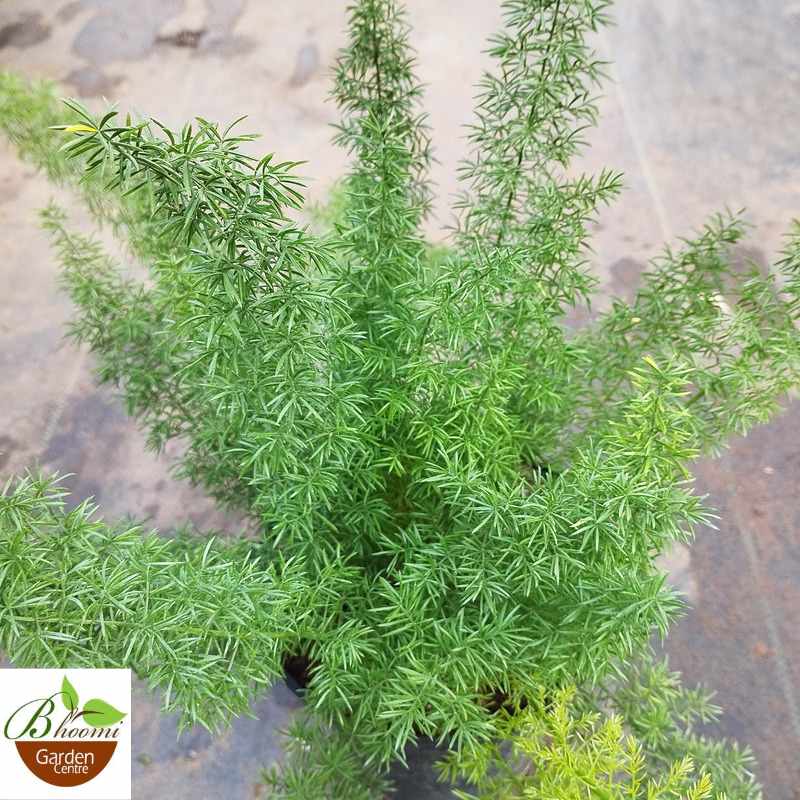
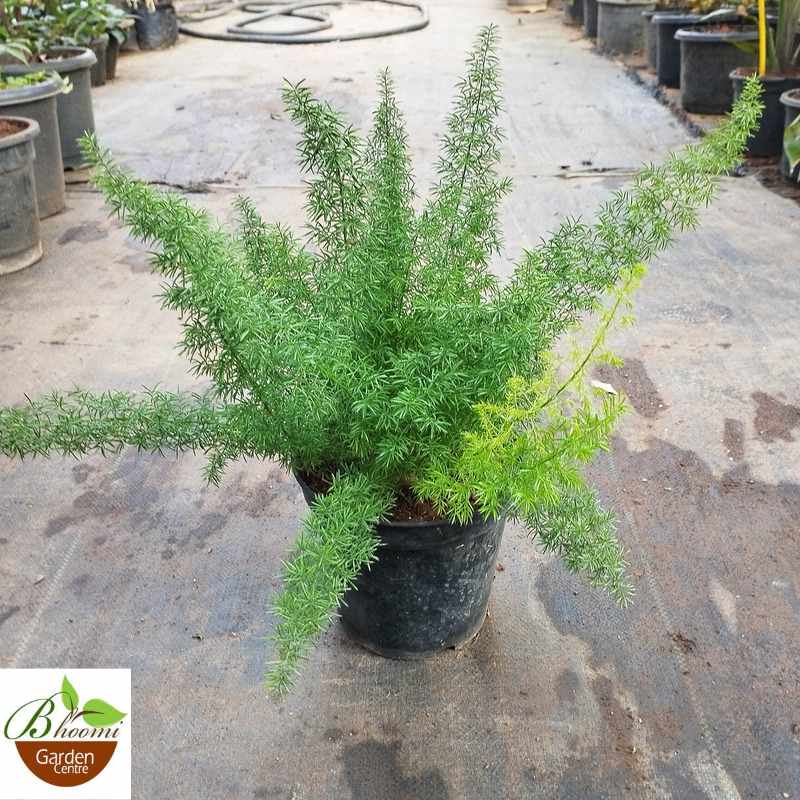

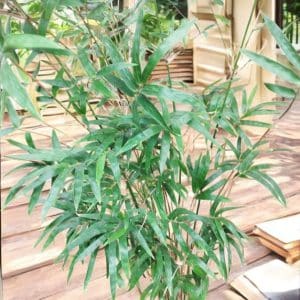
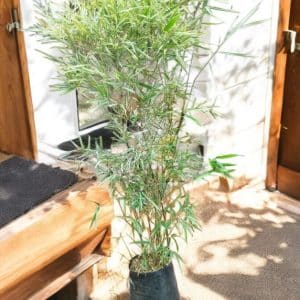
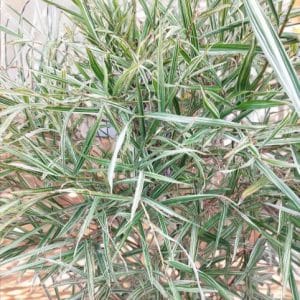
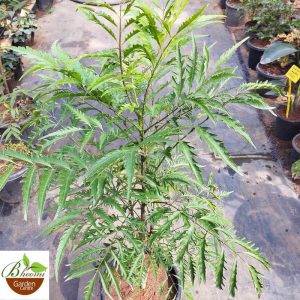
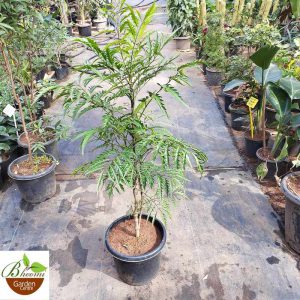
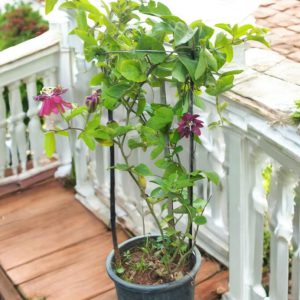
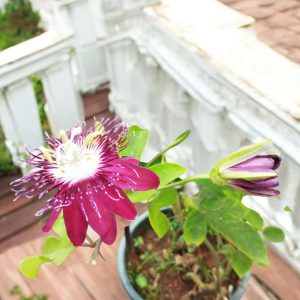


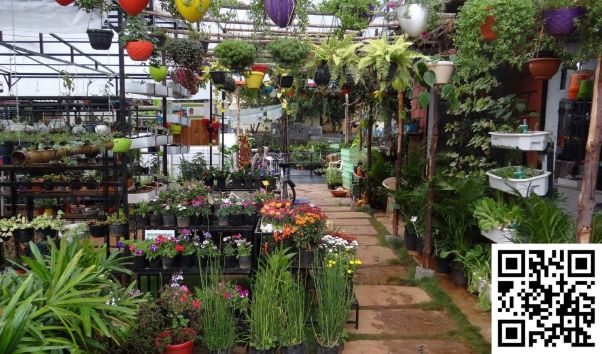
Reviews
There are no reviews yet.